Hey Hey and a Big G'Day toya
HHHHhhhhmmmm!
Taiyuan freaking City!
I don't think I would recommend it to anyone judging from my experience with hotel staff, hotels, restaurants etc. I bet if I had a beer with my lunch or dinner the bugger would be flat and some sarcastic bastard would tell me that it was 'supposed to be that way' as 'it is brewed to be flat!'
Why would it be brewed to be flat?
I would say that decades ago a pump broke at the brewery and instead of fixing it;
You guessed it, some fat lazy Taiyuan boss told his employees,
Once again you guessed it 'It is ok, it is supposed to be that way!
As it was raining once again we cabbed it to the East Bus Station and grabbed two tickets out of the city that seems to be full of lazy and bored people. It cost 70 Yuan for a ticket to 'The Five Terraced Mountains' which are better known as Wutai Shan which is one of China's five most sacred mountains.
This was a price jump by nearly 30 Yuan just for the bus ticket!
Didn't we get a surprise when we got to the Wutai Shan Park ticket office!
A year or so ago the price was 95 Yuan and now it is a whopping 168 Yuan!
The journey from Taiyuan City to Wutai Shan took around four hours and the scenery changed from boring almost desert like terrain to very exciting wild rugged rocky mountains. It seemed that the closer we got to Wutai Shan the greener and more alive the country grew. At the bus station in Tainyuan we met two foreign guys, Adam, a consultant for some company in Dalian and Tim who is an English Teacher in Korea.
He was in China visiting Adam.
They had met many years before while traveling Australia. Though he had come to visit his buddy I'm not sure how much time they would get to hike or to even talk as Adams mobile rang three times every ten minutes.
Oh to be a very well paid consultant!
When we finally arrived in Wutai Shan the bus never bothered stopping at the bus station. We expected this as most buses come and go from the parking lot near the Shuxiang Temple and this is where we expected we would be dropped off but the bus attendant had other ideas. For the last ten minutes of the bus journey he went from seat to seat asking if each person had accommodation.
If they didn't he introduced his hotel to them and this is where we were dropped off.
Both Jiang Ni and I were very happy about this as it was in the price range we both wanted to go halves in and it was just down the road from the Yuan Temple and the towns center piece the huge white stupa which can be seen from almost anywhere in Taihuai Town.
After setting a price for our room we decided to go for a walk and check out what the other hotels had to offer for around the same price range. All offered cold white tiles, a small room and the same hot water only in the evening. We had a large room, carpet, a big bathroom, air conditioning and a nice view of the hills.
Our hotel was called the Chaoyang Hotel.
After a rest and a chat for a few hours we headed out into the evening in search of something to eat. Luckily I packed a few long sleeved clothes, the legs to my shorts and one pair of socks as when we headed downstairs we quickly ran back upstairs to don some warmer clothes.
Bloody hell mate, we are in the middle of summer and we both had goose bumps!
Once we found somewhere to eat, which was just a few doors down from the hotel (nothing else was open!) we sat for a very over priced and boring meal. The restaurant didn't want to change the menu in the slightest by mixing beef with vegetables. Oh my, that is asking too much and the cook would have to think! In the end they gave in and mixed them both and added some gluggy rice and called it fried rice.
And on top of that it was accompanied by a warm beer!
Welcome to Wutai Shan!
One of China's five most sacred and holy cash crops...oops, mountains!
Even a holy cash crop allows a new day and the day was set beneath a big blue sky!
A new day brings a new cash crop full of tourists willing to spend big time.
Welcome to Wutai Shan!
Believe it or not, besides being a huge cash cow for Chinese Tourism Wutai Shan is also Buddhism's sacred northern mountain range and the earthly abode for Manjusri who is also known as Wenshu.
And who is this sublime being?
None other than the Bodhisattva of Wisdom.
Wisdom, I could use some (or a lot) of that!
So he is just the guy I need to spend some valuable time with!
Wenshu's abode has its mail box in the town of Thihuai which is found in a beautiful valley surrounded by the five sacred peaks known as the 'Five Terrace Mountains' or Wutai Shan. These summits are all set in the perfect positions as to be called sacred.
They face north, south, east and west and the fifth one is the perfect centre piece.
The highest peak is the northern and this reaches over a chilly three thousand meters.
The tiny town of Thihuai is overloaded with no less than fifteen temples all asking for an entrance fee and who also all send monks to roam freely amongst the mere mortal souls begging for more of your well earned money.
Within the first half an hour of today's temple adventure I had to slap myself about the face several times. I could have sworn I had been transported back to Shangrila in Yunnan Province where lama's put on a fake limp as soon as they spot a foreigner and soon latch themselves to your leg so tightly that you need a doctor to have them removed.
Here in Wutai Shan they simply sit and eat watermelon seeds until they see you coming.
If they are on a set of stairs they then quickly get on all fours and begin moaning and chanting and then slowly being crawling up the stairs with their forehead dragging in the cement. Once you pass them they then look up at you with a sad look and point to the cement dust on their face and begin rubbing their fingers and thumb together.
If they are on the ground they slowly lay themselves down and begin to drag their forehead along the ground and once you pass them they look up at you with big puppy dog eyes and begin rubbing their fingers and thumbs together and then their stomachs.
My answer to each one of them was pretty simple!
Mate, you chose to be a Monk!
Bloody live with it!
Leave me alone!
Don't get me wrong though, I do give to most temples I visit as I am the one who chooses to visit them for their beauty and for what is around them but sometimes it simply gets too much!
So Wutai Shan.
What is it about Wutai Shan?
People have always flocked to the place.
By the sixth century there were around two hundred temples in the area to where people from all over the world traveled to study and worship. Most pilgrims came from China, Korea, Japan and of course India. Sadly most of the temples were destroyed during the ninth century as China went through its 'We hate Buddhism' stage but luckily for Buddhism there was a huge revamp during the Ming Dynasty when flocks of Tebitan Buddhists from Mongolia changed their post codes and brought their mail boxes with them to Wutai Shan.
So Wutai Shan!
That is it about Wutai Shan!
One of the most sacred, famous and holy mountains on earth!
What were my highlights of my stay?
I'm glad you asked as now I have to find one or two for you!
Really, it wasn't so bad....sometimes anyhow!
The walk up Dailuo Peak was my highlight. I live walking and I love stairs and temples so it was the perfect way to begin the day. I actually suggested it as a joke to Jiang Ni and surprisingly she jumped at the chance.
She estimated that it would take us an hour (at her pace),
I estimated twenty minutes (walking at my pace....ha ha, more of a run!).
It actually took us twenty five minutes and if we didn't have to dodge so many monks with cement dust on their foreheads I do believe it would have taken us twenty minutes. There was also a lot of dragging Jiang Ni up from the stairs where she sat huffing and puffing. She would then begin dragging herself up the stairs using the handrail but I had to laugh as the more she exercised the faster she took the stairs.
For someone who practices Tikwondo she runs out of puff rather quickly!
That doesn't mean I'd like to cross her path at the wrong time of the month or day!
Of course there was the huge white stupa in Tayuan Temple which is a stunning sight you can see from almost any part of the town no matter where you are. The only other favourite I would write about was Bodhisattva Peak. As crowded as a Chinese train station but if offers awesome views of the town and the hills that tower over it. A great place to take a photo from is actually from the toilets as they offer a perfect unobstructed view.
Just like the million dollar toilet views along the Tiger Leaping Gorge!
If they didn't smell so bad it would be almost worth sleeping in them just for the view!
Beers N Noodles toya.....shane
PS: The photos for this entry can be found below the additional information below!
_________________________________________________________
The soundtrack to this entry was by KISS of course!
The album was 'Alive III'
__________________________________________________________
Wutai Shan or Taihuai town:
The most holy land of Chinese Buddhism.
Mt. Wutaishan lies in Wutai County in Xinzhou Region, Shanxi Province.
It is rated on both the list of the first group of national scenic spots designated by the State Council, and the list of the Top 10 scenic spots in Shanxi Province. It is as famous as Mt.Emeishan in Sichuan Province, Mt.Putuoshan in Zhejiang Province, and Mt.Jiuhuashan in Anhui Province, all of which are renowned as the four sacred Buddhist Mountains.
Mt. Wutaishan covers an area of 2,837 square kilometers (1,095.4 square miles), and its five main peaks, positioned east, south, west, north, and in the middle, embrace one another with broad and plain terraces rather than forests on their tops. That is why it bears the name "Wutaishan" (Mountain of Five Terraces). With the average altitude over 1,000 meters (over 3,281 feet), its apex, the summit of the northern peak which is famed as being the "Roof of Northern China", reaches 3061.1 meters (10,043 feet). Besides the religious aspect, the beauty of rising and falling ridges of mountains, exotic rocks, crisscrossed gullies, crystalline waters and towering green forests also gives Mt. Wutaishan its reputation as a colorful and notable tourist resort.
Mt. Wutaishan Scenery
The beautiful scenery of Mt. Wutaishan is a masterpiece of exquisite acts of nature, predominantly visible over the five main peaks: Wanghai Peak in the east, Guayue Peak in the west, Jinxiu Peak in the south, Yedou Peak in the north, and the central Cuiyan Peak.
Wanghai Peak (Peak Overlooking the Sea) in the east
1 kilometer (0.6 mile) east of Taihuai Town in Wutai County, there is Wanghai Peak. Visitors standing on the top of the peak, east of Mt. Wutaishan, can appreciate the height of 2,795 meters (9,169.9 feet). It is wonderful to see the sunrise in the morning from this location. Out of a sea of floating clouds and writhing mist, the sun rises with thousands of golden rays. It fills visitors with amazement, as they can believe it is the sun rising above the real sea.
Guayue Peak (Hanging Moon Peak) in the west
Guayue Peak reaches an altitude of 2,773 meters (9,097.8 feet) and is 13 kilometers (8.1 miles) west of Taihuai Town. This peak provides unique imagery in the evening when visitors can see the elegant and serene sight of the graceful but hazy moon hanging above dense pine trees.
Jinxiu Peak (Splendor Peak) in the south
Jinxiu Peak is 2,485 meters high (8,152.9 feet), and 12 kilometers (7.5 miles) south of Taihuai Town. This peak's beauty is in the colorful flowers that grow all over it, and emit scents and perfumes from early May until late August. They decorate the peak by making it look as if it is wearing a floral silk coat.
Yedou Peak (Peak of Flourishing Leaves) in the north
This peak, 5 kilometers (3.1 miles) north of Taihuai Town, is the highest point of Mt. Wutaishan, as well being the highest in Northern China, at 3,058 meters (10,032.8 feet). On the terrace of the peak, there is a natural pool that is over 300 square meters (358.8 square yards) From the terrace looking towards the north, Mt. Hengshan looms blanketed in endless greenery.
Cuiyan Peak (Peak of Green Rocks) in the middle
According to its name, one can guess the scenery of this peak. The rocks are green not because of their own color, but because of the moss on their surface. The huge rocks resemble moving dragons when seen in sunlight, from which the name "dragon-writhing rocks" has been derived.
Buddhist Temples in Mt. Wutaishan
It is said that this mountain, one of the four holy Buddhist Mountains, is the dwelling place of Manjusri Bodhisattva. 360 temples were built here dating back to the Tang Dynasty (618-907) but now only 47 of them exist. Over the years, incalculable numbers of pilgrims and visitors have come here. Among these magnificent temples, five are the most famous: Xiantong Temple, TayuanTemple, Manjusri Temple (Summit Bodhisattva), Shuxiang Temple, and Luohou Temple.
Xiantong Temple
Xiantong Temple has the longest history and is the most prestigious. Occupying an area of 80,000 square meters (95,682 square yards), it was built initially in 68, during the Eastern Han Dynasty (25-220), with the additions built by succeeding dynasties. Now it plays the most important role among the temples, therefore, the Buddhist Association of Mt. Wutaishan is situated there. The court-styled construction of it includes seven palaces, in one of which Wenshu (Manjusri) Bodhisattva's statue was engraved and worshiped. The copper bell in front of the gate is the biggest bell on the mountain, with a weight of 9,999.5 jin (22,045.9 pounds). Its toll can be heard around the entire mountain.
Tayuan Temple
The 75.3-meter-high (247-feet-high) Tayuan Temple is the symbol of Mt. Wutaishan, so it becomes a "must-see". Principally it possesses the white Tibetan-style dagoba also called Dabai Pagoda (Big White Pagoda). Since it stands in front of the other temples in Taihuai, it is even more eye-catching. Accompanying the graceful temple, there is also Wenshufa Pagoda where it is said that Manjusri Bodhisattva's hair is preserved, and the Dacangjing Pavilion (Collecting-Lections Pavilion) where volumes of lections were collected.
Manjusri Temple
Legend has it that Wenshu Bodhisattva dwelt in the temple, so it is also called "ZhenrongYuan" (real appearance) or "Bodhisattva Summit". It was built originally in Northern Wei Dynasty (386-534). In the time of Emperor Yongle of Ming Dynasty (1368 -1644), Lamaists began to be stationed in Mt. Wutaishan, and the great Lama resided there. From then on, it became the principal temple of Lamaism. Emperors Kangxi and Qianlong of the Qing Dynasty (1644-1911) both went there and left ever-lasting epigraphs.
Shuxiang Temple
Shuxiang Temple is the southwest neighbor of Tayuan Temple. Built in Yuan Dynasty (1271-1368), it covers 6,400 square meters (7,654.6 square yards), and encompasses over 50 palaces and halls. Among them Manjusri Pavilion is the largest one in the center of the Taihuai County, with Manjusri Bodhisattva's statue in it. A clear spring flows out of the temple named "Banruo" or "Prajna", meaning "adding wisdom", whose water was used in the courts.
Luohou Temple
To the east of the Xiantong Temple, Luohou Temple was set up as a Lamaist temple in the Tang Dynasty. One of its wonders is a wooden lotus-shaped flower. Machinery turns it and the wooden petals open and close. Inside are carved Buddhist figures on a square platform.
For tourists who want to visit all Manjusri Bodhisattva's statues in the five temples but cannot for time constraints or other reasons, Dailuo Peak (Dark Green Snail Peak) is a wonderful place to visit, because Wufang Manjusri Palace (Palace of Manjusri Bodhisattvas from five directions) houses statues resembling the five Manjusri Bodhisattvas of each terrace. It is located to the east of the temple group in the center of Taihuai Town. 1,080 steps lead to the top of the snail-shaped peak and a cable car is also available for convenience.
Besides these temples, there are other exquisitely constructed ones, such as Jinge Temple (golden temple), Nanchan Temple, Dailuoding, Shifangtang, Wangfo Temple, and so on.
Other Resources on Mt. Wutaishan
Mt. Wutaishan is resplendent in many resources owing to its natural conditions and important role in Buddhism.
Over 600 species of plants can be found on the Mountain, of which more than 150 species of grass can be used as rare herbs. Special local produce, Taimo, (mushrooms grown on the tops of peaks of Mt. Wutaishan) is of quite high nutritional value and with a delicate taste.
Since many temples are interspersed in the mountain, numerous art works were cared for and have been preserved as relics-sculptures, murals, calligraphy, as well as architecture. Pagodas built in the style of those in ancient India added new types to traditional ones. Nanchan Temple and Foguang Temple, built in the Tang Dynasty, are representatives of the ancient wooden style of construction, and have the longest history amongst the temples in the mountain.
Too Many Temples N Begging Monks on Wutai Shan
Saturday, July 19, 2008
 Wutai Shan, China
Wutai Shan, China
Other Entries
-
363The Dragon Boat Festival Less The Festival
Jun 0841 days prior Shaowu, Chinaphoto_camera3videocam 0comment 0
Shaowu, Chinaphoto_camera3videocam 0comment 0 -
364Childrens Day Celebrations Part II - Happy Photos
Jun 0940 days prior Shaowu, Chinaphoto_camera33videocam 0comment 0
Shaowu, Chinaphoto_camera33videocam 0comment 0 -
365The Last Last Supper & Mums 100,000 TPod Hits
Jun 2425 days prior Shaowu, Chinaphoto_camera30videocam 0comment 0
Shaowu, Chinaphoto_camera30videocam 0comment 0 -
366The Fujian Beers N Noodles Adventure Ends!
Jul 0415 days prior Shaowu, Chinaphoto_camera36videocam 0comment 0
Shaowu, Chinaphoto_camera36videocam 0comment 0 -
367Leaving Behind or Taking The Past With Me
Jul 0613 days prior Xi'an, Chinaphoto_camera8videocam 0comment 0
Xi'an, Chinaphoto_camera8videocam 0comment 0 -
368The Summer Beers N Noodles Adventure Begins
Jul 0613 days prior Xi'an, Chinaphoto_camera0videocam 0comment 0
Xi'an, Chinaphoto_camera0videocam 0comment 0 -
369A Warm Welcome N To The City Bell Tower
Jul 0712 days prior Xi'an, Chinaphoto_camera21videocam 0comment 0
Xi'an, Chinaphoto_camera21videocam 0comment 0 -
370The New Nifty Tiny Traveller
Jul 0811 days prior Xi'an, Chinaphoto_camera6videocam 0comment 0
Xi'an, Chinaphoto_camera6videocam 0comment 0 -
371Xian City Walk N Inside The Big Drum
Jul 0910 days prior Xi'an, Chinaphoto_camera30videocam 0comment 0
Xi'an, Chinaphoto_camera30videocam 0comment 0 -
372Islam Markets N Stoopid Tourist Faces
Jul 109 days prior Xi'an, Chinaphoto_camera30videocam 0comment 0
Xi'an, Chinaphoto_camera30videocam 0comment 0 -
373The Muslim Quarter & Ancient Taoist Temples
Jul 118 days prior Xi'an, Chinaphoto_camera30videocam 0comment 0
Xi'an, Chinaphoto_camera30videocam 0comment 0 -
374The Ancient Walls N Romantic Lanterns of Pingyao
Jul 127 days prior Pingyao, Chinaphoto_camera30videocam 0comment 0
Pingyao, Chinaphoto_camera30videocam 0comment 0 -
375Court Yards N Tunnels N Across The Bridge Noodles
Jul 136 days prior Pingyao, Chinaphoto_camera30videocam 0comment 0
Pingyao, Chinaphoto_camera30videocam 0comment 0 -
376Walking Within The Ancient Walls of Pingyao
Jul 145 days prior Pingyao, Chinaphoto_camera42videocam 0comment 0
Pingyao, Chinaphoto_camera42videocam 0comment 0 -
377Shapely Roof Tops N a Night At The Chinese Theatre
Jul 154 days prior Pingyao, Chinaphoto_camera36videocam 0comment 0
Pingyao, Chinaphoto_camera36videocam 0comment 0 -
378From Time Warn Cobble Stones To a Big Greedy City
Jul 163 days prior Taiyuan, Chinaphoto_camera31videocam 0comment 0
Taiyuan, Chinaphoto_camera31videocam 0comment 0 -
379Jinci Temple N Lazy Old Trees
Jul 172 days prior Taiyuan, Chinaphoto_camera33videocam 0comment 0
Taiyuan, Chinaphoto_camera33videocam 0comment 0 -
380Too Many Temples N Begging Monks on Wutai Shan
Jul 19 Wutai Shan, Chinaphoto_camera52videocam 0comment 0
Wutai Shan, Chinaphoto_camera52videocam 0comment 0 -
381The Beautiful Adventure to Shahe N Beyond
Jul 201 day later Datong - Wutai Shan, Chinaphoto_camera24videocam 0comment 0
Datong - Wutai Shan, Chinaphoto_camera24videocam 0comment 0 -
382The Crazy Craftsmen of the Yungang Grottoes
Jul 212 days later Datong, Chinaphoto_camera60videocam 0comment 0
Datong, Chinaphoto_camera60videocam 0comment 0 -
383Hanging Monasterys N the Very Ancient Mu Ta Pagoda
Jul 223 days later Datong, Chinaphoto_camera40videocam 0comment 0
Datong, Chinaphoto_camera40videocam 0comment 0 -
384A Maze of Alley Ways N Temples N Shady Parks
Jul 234 days later Datong, Chinaphoto_camera50videocam 0comment 0
Datong, Chinaphoto_camera50videocam 0comment 0 -
385The Return of the Super NorthernChinese TrainGirl
Jul 245 days later Datong, Chinaphoto_camera30videocam 0comment 0
Datong, Chinaphoto_camera30videocam 0comment 0 -
386Eating Mongolian Hotpot in Inner Mongolia
Jul 256 days later Hohhot, Chinaphoto_camera18videocam 0comment 0
Hohhot, Chinaphoto_camera18videocam 0comment 0 -
387Wuta Pagoda N the Very Colourful Da Zhao Temple
Jul 267 days later Hohhot, Chinaphoto_camera50videocam 0comment 0
Hohhot, Chinaphoto_camera50videocam 0comment 0 -
388The Xilamuren Grasslands Adventure
Jul 278 days later Hohhot, Chinaphoto_camera39videocam 0comment 0
Hohhot, Chinaphoto_camera39videocam 0comment 0 -
389The Resonant Sand Gorge Adventure
Jul 289 days later Hohhot, Chinaphoto_camera39videocam 0comment 0
Hohhot, Chinaphoto_camera39videocam 0comment 0 -
390The Tomb of Wang Zhaojun the Imperial Concubine
Jul 2910 days later Hohhot, Chinaphoto_camera40videocam 0comment 0
Hohhot, Chinaphoto_camera40videocam 0comment 0 -
391A Rainy Day at the Inner Mongolian Museum
Jul 3011 days later Hohhot, Chinaphoto_camera50videocam 0comment 0
Hohhot, Chinaphoto_camera50videocam 0comment 0 -
392Leaving The Grasslands for Unfarmable Desert Lands
Aug 0113 days later Yinchuan, Chinaphoto_camera22videocam 0comment 0
Yinchuan, Chinaphoto_camera22videocam 0comment 0 -
393Bell Towers N Unexpected Lush Green City Parks
Aug 0214 days later Yinchuan, Chinaphoto_camera30videocam 0comment 0
Yinchuan, Chinaphoto_camera30videocam 0comment 0 -
394How Can We Lose The Great Mosque? Isn't it Great?
Aug 0315 days later Yinchuan, Chinaphoto_camera30videocam 0comment 0
Yinchuan, Chinaphoto_camera30videocam 0comment 0 -
395Ten Thousand Year Old Faces N Ancient Xia Tombs
Aug 0416 days later Yinchuan, Chinaphoto_camera77videocam 0comment 0
Yinchuan, Chinaphoto_camera77videocam 0comment 0 -
396Watermelons Everywhere in Zhongwei City
Aug 0517 days later Zhongwei, Chinaphoto_camera20videocam 0comment 0
Zhongwei, Chinaphoto_camera20videocam 0comment 0 -
397Gao High Temple From a Plastic Chair View
Aug 0618 days later Zhongwei, Chinaphoto_camera40videocam 0comment 0
Zhongwei, Chinaphoto_camera40videocam 0comment 0 -
398The Freaky Sikou Sandstone Gorges
Aug 0820 days later Zhongwei, Chinaphoto_camera42videocam 0comment 0
Zhongwei, Chinaphoto_camera42videocam 0comment 0

 Wutai Shan, China
Wutai Shan, China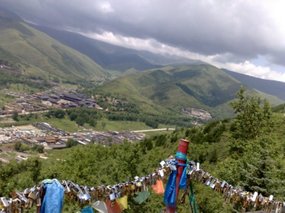
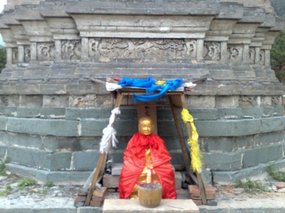
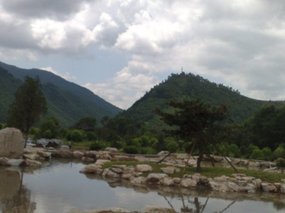
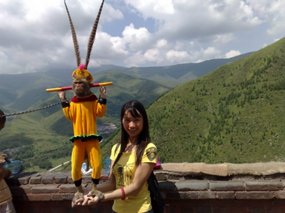
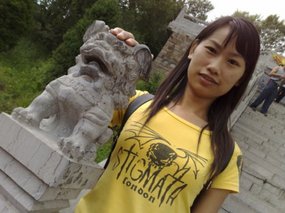
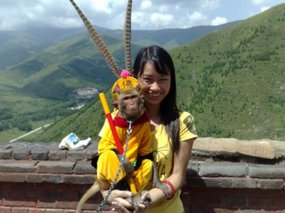
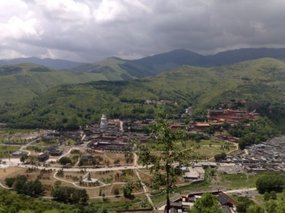
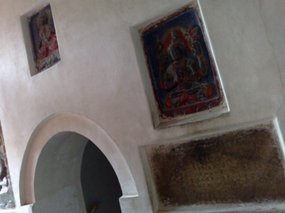
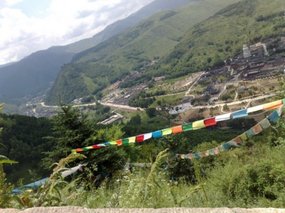
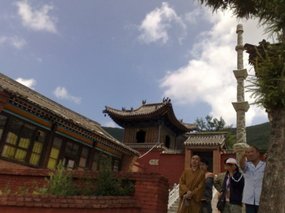
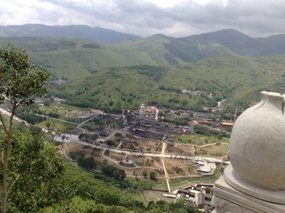
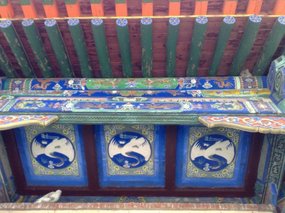
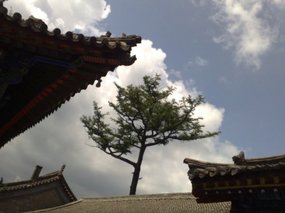
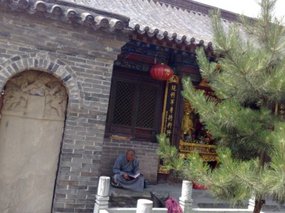
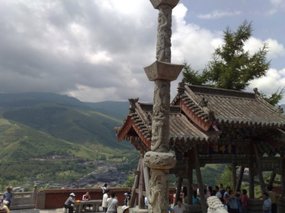
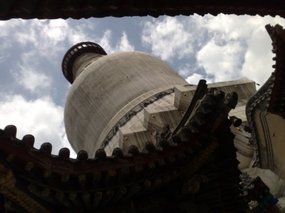
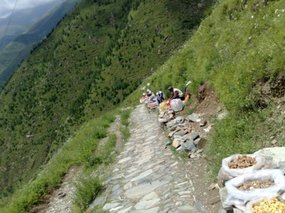
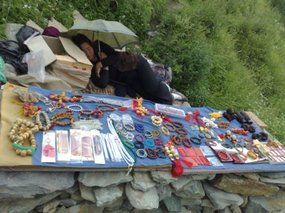
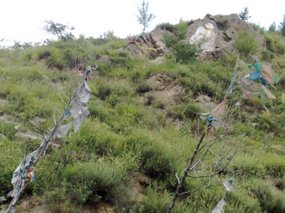

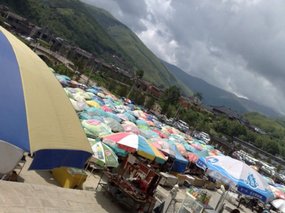
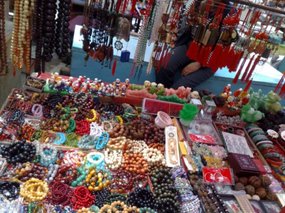
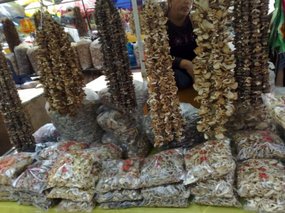
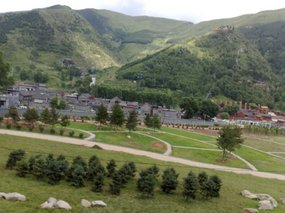

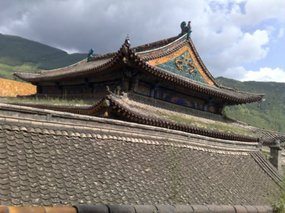
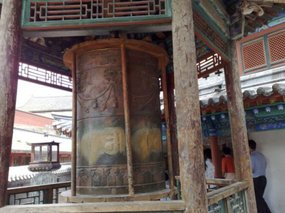
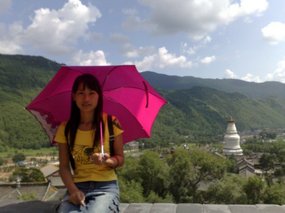
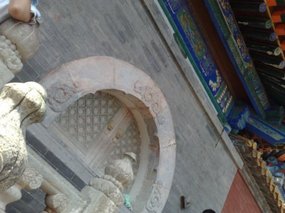
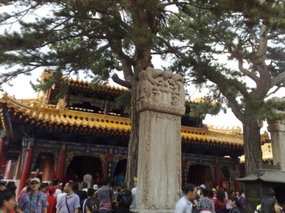
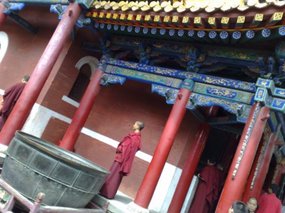
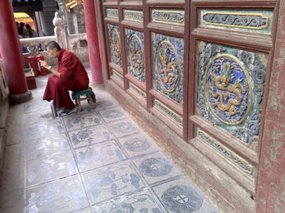
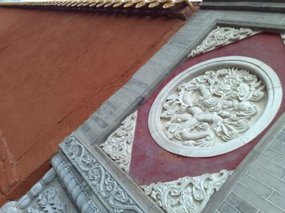
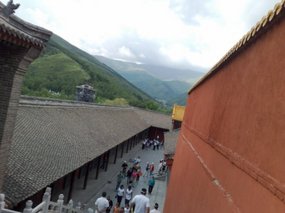
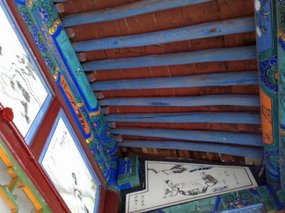
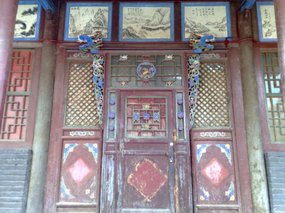
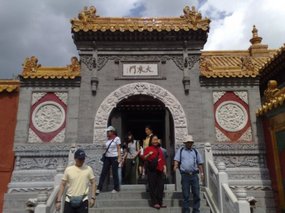
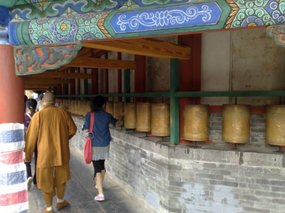
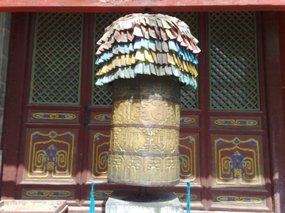
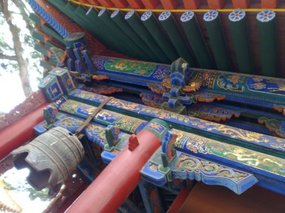
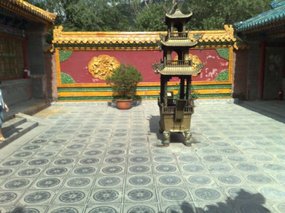

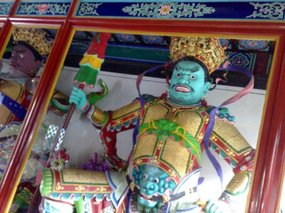
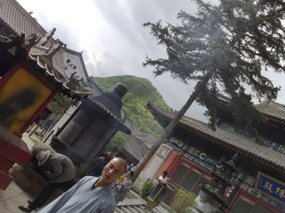
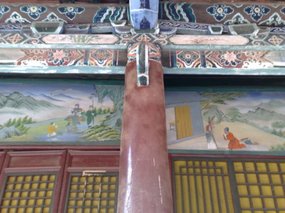

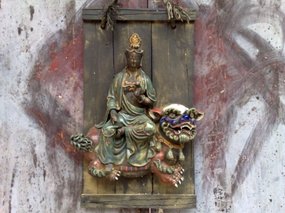
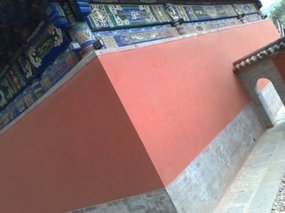
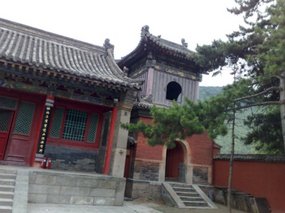
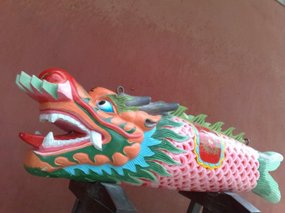
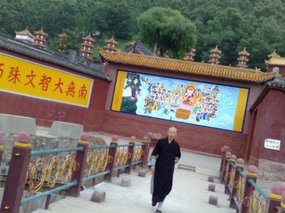
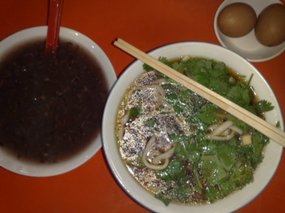

2025-05-22